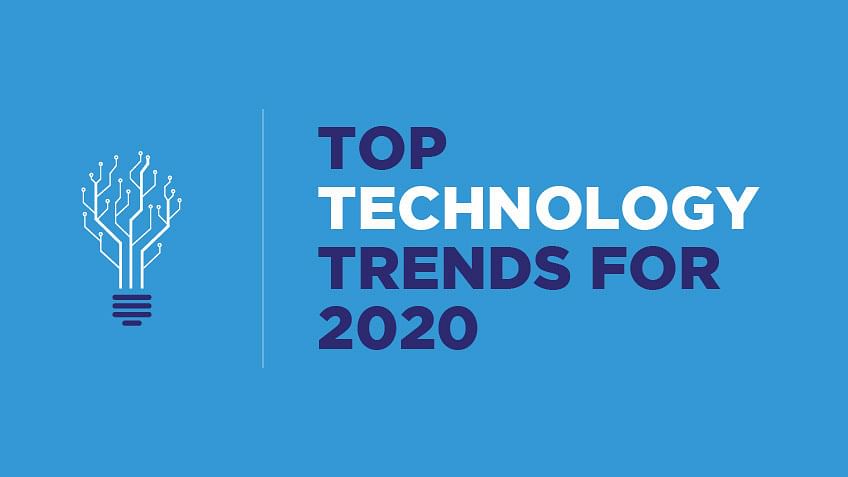1. Artificial Intelligence (AI)
Artificial Intelligence, or AI, has already received a lot of buzz in recent years, but it continues to be a trend to watch because its effects on how we live, work and play are only in the early stages. In addition, other branches of AI have developed, including Machine Learning, which we will go into below. AI refers to computers systems built to mimic human intelligence and perform tasks such as recognition of images, speech or patterns and decision making. AI can do these tasks faster and more accurately than humans.
2. Machine Learning
Machine Learning is a subset of AI. With Machine Learning, computers are programmed to learn to do something they are not programmed to do: they learn by discovering patterns and insights from data. In general, we have two types of learning, supervised and unsupervised.
3. Robotic Process Automation or RPA
Like AI and Machine Learning, Robotic Process Automation, or RPA, is another technology that is automating jobs. RPA is the use of software to automate business processes such as interpreting applications, processing transactions, dealing with data, and even replying to emails. RPA automates repetitive tasks that people used to do. These are not just the menial tasks of a low-paid worker: up to 45 percent of the activities we do can be automated, including the work of financial managers, doctors and CEOs.
4. Edge Computing
Formerly a technology trend to watch, cloud computing has become mainstream, with major players AWS (Amazon Web Services), Microsoft Azure and Google Cloud dominating the market. The adoption of cloud computing is still growing, as more and more businesses migrate to a cloud solution. But it’s no longer the emerging technology.
5. Virtual Reality and Augmented Reality
Virtual Reality (VR) immerses the user in an environment while Augment Reality (AR) enhances their environment. Although VR has primarily been used for gaming thus far, it has also been used for training, as with VirtualShip, a simulation software used to train U.S. Navy, Army and Coast Guard ship captains. The popular Pokemon Go is an example of AR.
6. Blockchain
Although most people think of blockchain technology in relation to cryptocurrencies such as Bitcoin, blockchain offers security that is useful in many other ways. In the simplest of terms, blockchain can be described as data you can only add to, not take away from or change. Hence the term “chain” because you’re making a chain of data. Not being able to change the previous blocks is what makes it so secure. In addition, blockchains are consensus-driven, so no one entity can take control of the data. With blockchain, you don’t need a trusted third-party to oversee or validate transactions. You can refer to our Blockchain tutorial for a detailed and thorough understanding of the technology.
7. Internet of Things (IoT)
Many “things” are now being built with WiFi connectivity, meaning they can be connected to the Internet—and to each other. Hence, the Internet of Things, or IoT. The Internet of Things is the future and has already enabled devices, home appliances, cars and much more to be connected to and exchange data over the Internet. And we’re only in the beginning stages of IoT: the number of IoT devices reached 8.4 billion in 2017 is expected to reach 30 billion devices by 2020.
8. Cybersecurity
Cybersecurity might not seem like emerging technology, given that it has been around for a while, but it is evolving just as other technologies are. That’s in part because threats are constantly new. The malevolent hackers who are trying to illegally access data are not going to give up any time soon, and they will continue to find ways to get through even the toughest security measures. It’s also in part because new technology is being adapted to enhance security. As long as we have hackers, we will have cyber security as an emerging technology because it will constantly evolve to defend against those hackers.



Recent Comments